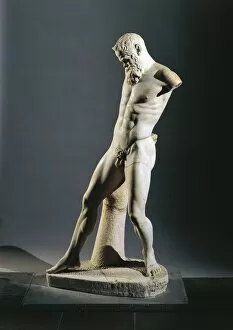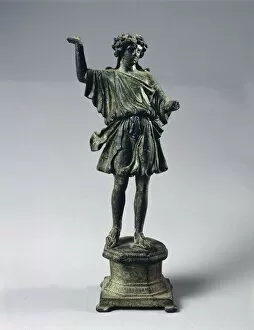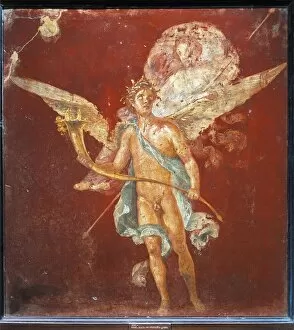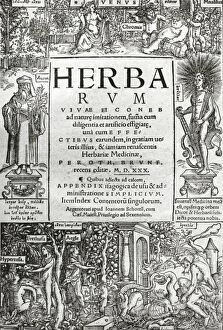Roman Mythology Collection (page 48)
Roman mythology is a captivating world filled with gods, goddesses, and mythical creatures that have fascinated generations
For sale as Licensed Images
Choose your image, Select your licence and Download the media
Roman mythology is a captivating world filled with gods, goddesses, and mythical creatures that have fascinated generations. One of the most intriguing figures in this ancient pantheon is Janus, the Roman god of beginnings and transitions. With two faces looking to the past and future simultaneously, he symbolizes the duality of time. In Charles Wellington Furse's masterpiece "Diana of the Uplands, " we are transported to a serene landscape where Diana, the goddess of hunting and protector of wild animals, reigns supreme. Painted around 1903-1904, this artwork captures her ethereal beauty and fierce determination. Another renowned painting that delves into Roman mythology is "Ulysses Deriding Polyphemus" by Joseph Mallord William Turner. This oil on canvas piece from 1829 depicts Ulysses mocking Polyphemus, the Cyclops who was blinded by Odysseus in Homer's epic poem The Odyssey. Sandro Botticelli's iconic work "Primavera" showcases various Roman deities intertwined with mythological characters in a lush garden setting. Created around 1478, it epitomizes Renaissance art with its delicate brushstrokes and vibrant colors. "Dionysus and the Maenads, " painted by Gustave Moreau in 1901, portrays Dionysus (also known as Bacchus), the god of wine and ecstasy surrounded by his ecstatic female followers called maenads. This enchanting artwork encapsulates both divine power and human desire. The nymph Crenaia takes center stage in Roman mythology as she personifies Dargle's natural beauty in all its glory. Her presence brings life to landscapes like no other creature can. Alexandre Cabanel's "The Birth of Venus" transports us to an idyllic scene where Venus emerges from sea foam onto a shell-shaped chariot guided by Zephyrus (the west wind).












